Table of content
White beech mushrooms, scientifically known as Hypsizygus marmoreus, are a culinary delight celebrated for their delicate texture, mild flavor, and versatility in global cuisines. Often referred to as bunapi-shimeji in Japanese or buna-shimeji in Korean recipes, these mushrooms have gained popularity in Western kitchens due to their adaptability and health benefits. One of the most common questions home cooks and professional chefs alike ask is: How long does it take to boil white beech mushrooms to achieve the perfect texture? This article delves into the science and practicality of cooking these mushrooms, exploring boiling times, preparation methods, and creative ways to incorporate them into meals.
Understanding White Beech Mushrooms
Before diving into cooking techniques, it is essential to appreciate the unique characteristics of white beech mushrooms. Native to East Asia, these mushrooms grow in clusters with small, slender stems and caps that range from creamy white to light beige. Their flavor is subtle, with earthy undertones that pair well with diverse ingredients, from garlic and butter to soy sauce and fresh herbs.
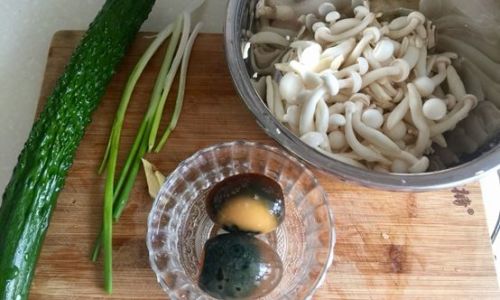
Nutritionally, white beech mushrooms are low in calories but rich in essential nutrients. They contain B vitamins, such as riboflavin and niacin, which support energy metabolism, as well as antioxidants like ergothioneine, known for its anti-inflammatory properties. Their high fiber content aids digestion, making them a healthy addition to any diet.
Preparation: Cleaning and Trimming
Proper preparation is the first step to ensuring evenly cooked mushrooms. White beech mushrooms typically grow in compact clusters, with individual stems intertwined. To separate them, gently twist or cut the base of the cluster. Avoid pulling forcefully, as this may damage the delicate stems.
Once separated, inspect each mushroom for debris or soil. While commercial varieties are usually clean, wild or organic options might require rinsing. However, over-washing can absorb excess moisture, leading to a soggy texture. Instead, use a damp paper towel or a soft brush to remove any dirt. If rinsing is necessary, pat the mushrooms dry with a clean kitchen towel immediately after.
Trimming is minimal for white beech mushrooms. The stems are tender and edible, unlike tougher varieties like shiitake. However, if the stems appear woody or discolored, trim them lightly with a sharp knife.
Boiling Time: Factors and Techniques
The question of boiling time hinges on several variables, including the mushrooms’ size, desired texture, and the recipe’s requirements. On average, white beech mushrooms take 3–5 minutes to boil. However, this range is not absolute. Let’s explore the nuances:
Size and Thickness
Smaller, thinner mushrooms cook faster than larger ones. If using whole clusters, the boiling time may increase by 1–2 minutes due to the density of the stems.
Desired Texture
- Al Dente: For a firm, slightly crunchy texture, boil for 3 minutes. This is ideal for salads or stir-fries where the mushrooms will cook further.
- Tender: Boil for 4–5 minutes for a softer consistency, suitable for soups or purees.
Altitude and Heat Source
Boiling points vary with altitude. At higher elevations, water boils at lower temperatures, potentially extending cooking time. Similarly, gas stoves may heat water faster than electric ones, affecting timing.
Quantity
Overcrowding the pot slows cooking. Use a large pot with enough water to submerge the mushrooms fully.

Step-by-Step Boiling Guide
- Bring Water to a Rolling Boil: Use a pot with a lid to retain heat. Add a pinch of salt to enhance flavor.
- Add Mushrooms: Gently place the prepared mushrooms into the boiling water. Stir lightly to prevent clumping.
- Monitor Time: Set a timer for 3 minutes. Check for doneness by piercing a stem with a fork—it should offer slight resistance for al dente or glide through smoothly for tender.
- Drain Immediately: Overcooking risks mushiness. Transfer the mushrooms to an ice bath to halt cooking (optional but recommended for salads).
Beyond Boiling: Alternative Cooking Methods
While boiling is straightforward, white beech mushrooms shine in various preparations:
Stir-Frying
Stir-frying preserves the mushrooms’ crispness. Heat oil in a wok, add garlic and ginger, then toss the mushrooms for 2–3 minutes. Finish with soy sauce or oyster sauce.
Sautéing
Sauté in butter or olive oil over medium heat until golden. Add herbs like thyme or rosemary for aromatic complexity.
Roasting
Toss with olive oil, salt, and pepper, then roast at 200°C (400°F) for 15–20 minutes. The edges caramelize beautifully.
Soups and Stews
Add raw mushrooms to simmering broths during the last 5 minutes of cooking to retain their shape and flavor.
Creative Recipes Featuring Boiled White Beech Mushrooms
Recipe 1: Lemon-Garlic White Beech Mushroom Salad
- Ingredients: 200g boiled mushrooms, 1 tbsp olive oil, 1 garlic clove (minced), 1 lemon (juiced), salt, pepper, fresh parsley.
- Instructions: Toss boiled mushrooms with olive oil, garlic, lemon juice, salt, and pepper. Garnish with parsley. Serve chilled.
Recipe 2: Miso Soup with Tofu and Mushrooms
- Ingredients: 4 cups dashi broth, 100g boiled mushrooms, 100g silken tofu (cubed), 2 tbsp miso paste, green onions.
- Instructions: Simmer dashi, add mushrooms and tofu. Whisk miso into a paste, then stir into the soup. Serve with sliced green onions.
Nutritional Benefits and Dietary Considerations
White beech mushrooms are a boon for health-conscious eaters. Their low glycemic index makes them suitable for diabetics, while their fiber content supports gut health. They are also gluten-free and vegan-friendly, fitting into diverse dietary plans.
However, individuals with mushroom allergies should exercise caution. Symptoms may include itching, swelling, or digestive distress. Always introduce new foods gradually.
Storage and Shelf Life
Fresh white beech mushrooms have a short lifespan. Store them in the refrigerator’s crisper drawer, wrapped in paper towels inside a breathable plastic bag. Avoid sealing tightly, as moisture accelerates spoilage. Use within 3–5 days of purchase.

For extended storage, consider:
- Freezing: Blanch for 2 minutes, then freeze in airtight containers.
- Drying: Dehydrate at low heat until crisp, then store in jars.
Common Mistakes to Avoid
- Overboiling: Results in a slimy texture. Stick to the 3–5 minute rule.
- Under-seasoning: Mushrooms absorb flavors well—season generously.
- Ignoring Freshness: Wilted or discolored mushrooms may be past their prime.
- Overcrowding the Pan: Ensures even cooking and browning.
Cultural Significance and Culinary Trends
In Japanese cuisine, white beech mushrooms are a staple in nabemono (hot pot dishes) and tempura. Korean chefs often incorporate them into bibimbap or stir-fries. Western chefs now feature them in risottos, pastas, and even as a meat substitute in vegetarian dishes.
The rise of plant-based diets has further elevated their popularity. Their meaty texture and ability to mimic scallops or chicken when marinated make them a favorite among vegan cooks.
Conclusion
Mastering the boiling time of white beech mushrooms is a gateway to unlocking their culinary potential. Whether simmered, stir-fried, or roasted, these mushrooms offer a canvas for creativity. By understanding the factors influencing cooking time and experimenting with flavors, home cooks can elevate simple dishes into gourmet experiences.
Next time you stand at the stove, timer in hand, remember that 3–5 minutes is not merely a number—it’s the key to transforming humble mushrooms into a dish that delights the senses. Bon appétit!
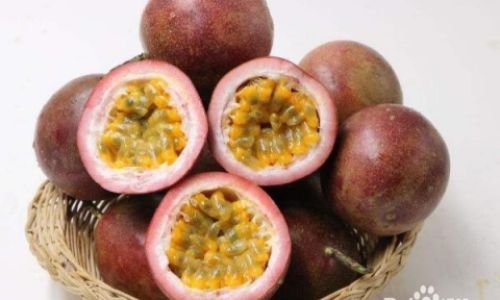
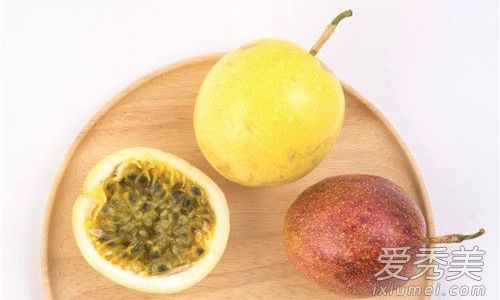
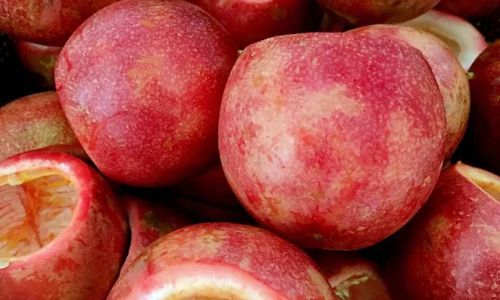
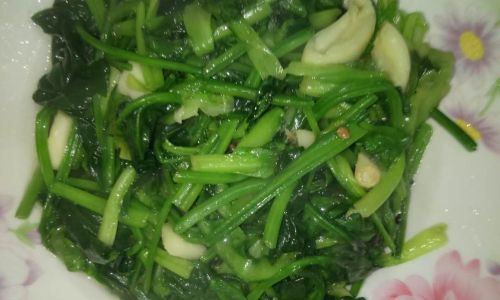
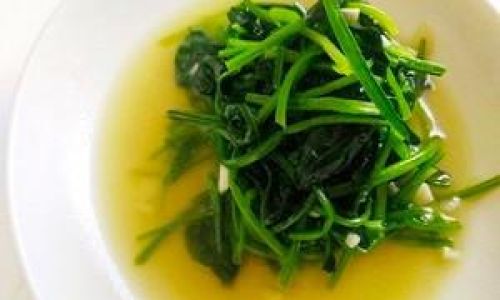
0 comments